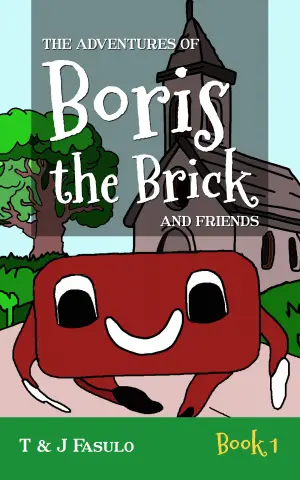The Prince Without Sorrow: A Refreshing Take on Epic Fantasy
As a devoted fan of epic fantasy, I’ve often found myself craving stories that diverge from the oversaturated tropes of romantic entanglements. So when I stumbled upon The Prince Without Sorrow by the talented author, [Author Name], my curiosity was piqued. A prince at odds with his ideals, an evil witch, and a world bursting with cultural richness? Yes, please! Diving into this debut installment of the Obsidian Throne trilogy, I wasn’t just engaged—I was genuinely surprised and invigorated by the fresh approach to the genre.
Plot and Themes: An Exploration of Naivety and Reality
The story introduces us to Ashoka, a prince whose lofty ideals about pacifism are tested against a backdrop of political machinations and the harsh realities of leadership. While many characters in this genre seem to leap immediately into romance, Ashoka and his political ally Shakti navigate their world devoid of romantic entanglements—something that feels both novel and refreshing. Instead of "I hate you but can’t resist you" tropes, we get two protagonists who are, at times, immature and naive. And isn’t that just a true reflection of being in your early 20s? At first, I found myself worried that this would lead to a shallow "no plot, just vibes" narrative, but I was pleasantly surprised by the depth and urgency in Ashoka’s journey as he grapples with morality and the choices he must make.
What struck me most was how the book thoughtfully examines the theme of pacifism in the face of oppression. In a world where Ashoka is ridiculed for his ideals, the narrative poses poignant questions: can one remain committed to peace during a genocide? The contrasting philosophies between Ashoka and Shakti add layers to the story, making it not just a personal journey but a philosophical exploration as well.
Writing Style and Worldbuilding
The pacing was perfectly suited for an epic fantasy, with a medium burn that kept me engaged without feeling overwhelmed by excessive exposition. The lush worldbuilding is a tapestry of South Asian-inspired landscapes, teeming with vibrant flora and fauna. I found myself enchanted by the creatures, particularly the flying winged serpents and the rideable panthers—a delightful nod to classic fantasy elements yet entirely fresh in context.
The writing itself is vivid and evocative, allowing readers any moment to pause and marvel at the beauty of the setting, while also keeping the plot brisk with regular reveals and twists. I never felt lost in the intricacies of the world, thanks to the author’s adept storytelling.
Final Thoughts and Recommendations
Ultimately, The Prince Without Sorrow is a promising start to what I hope will be a beloved trilogy. With compelling characters, thought-provoking themes, and a distinctly non-romantic focus, I believe this series will resonate with readers who enjoy crossover epic fantasies like City of Brass and Bone Shard Daughter. If you’re seeking a narrative that showcases characters in their early 20s whose ambitions diverge from romance, this is the perfect pick!
While I do wish the book didn’t end on a cliffhanger—my heart can only take so much!—I have no doubt that the journey ahead will be equally captivating. I would rate this gem a solid 4.5 stars (rounding up, of course, despite my aversion to cliffhangers). As a final note, I have to mention the stunning UK cover; it truly embodies the essence of epic fantasy in a way that resonates with me.
If you’re intrigued by a story that challenges the norms of its genre and features a beautiful blend of political intrigue, an idealistic yet flawed protagonist, and enchanting world-building, make sure to grab a copy of The Prince Without Sorrow. You won’t regret it!
Discover more about The Prince Without Sorrow (Obsidian Throne, #1) on GoodReads >>






